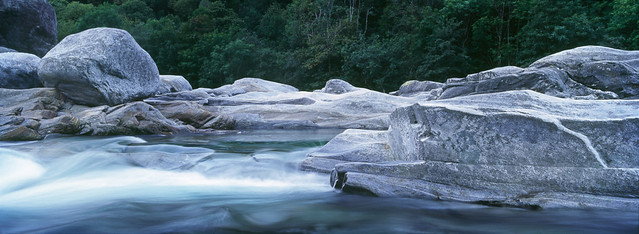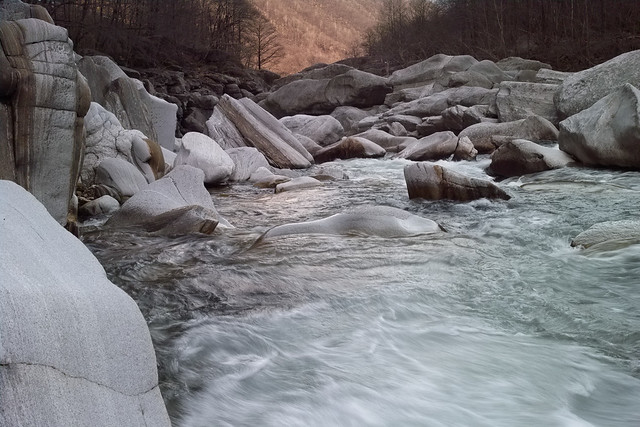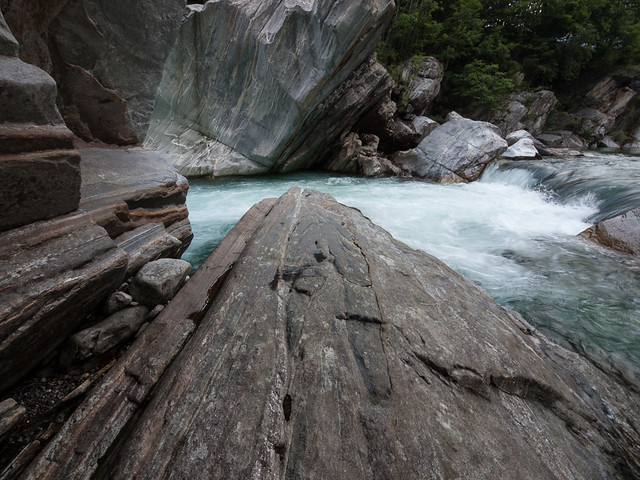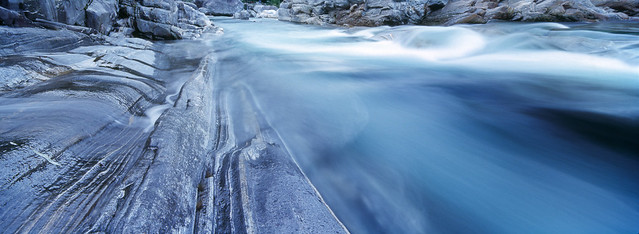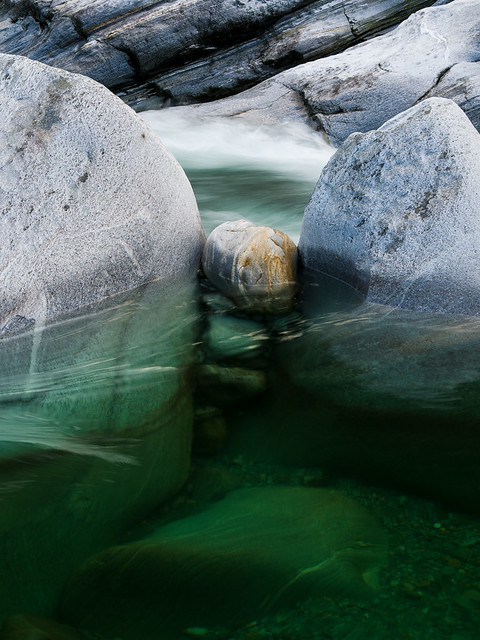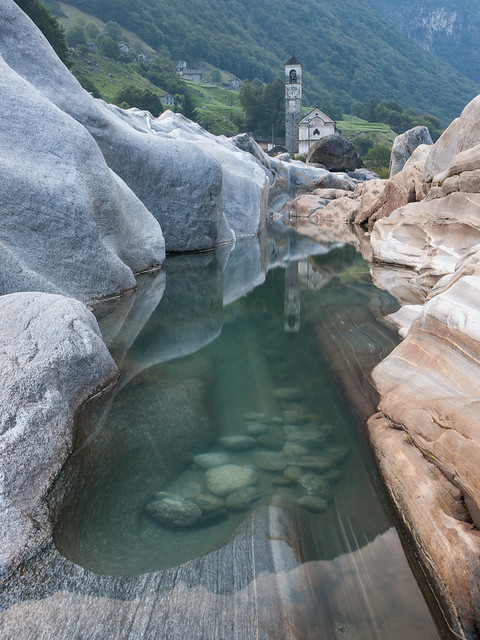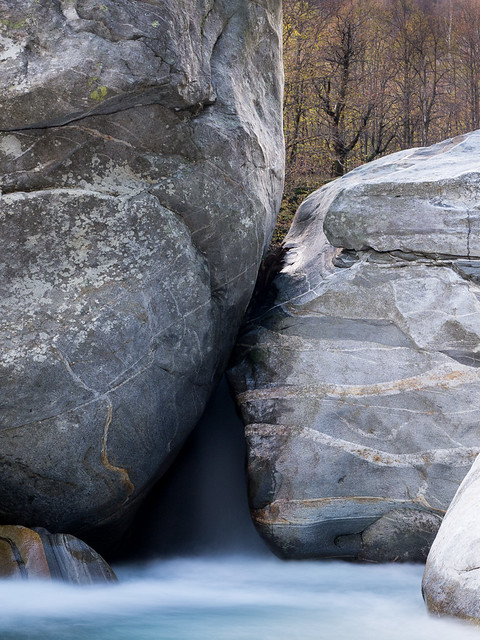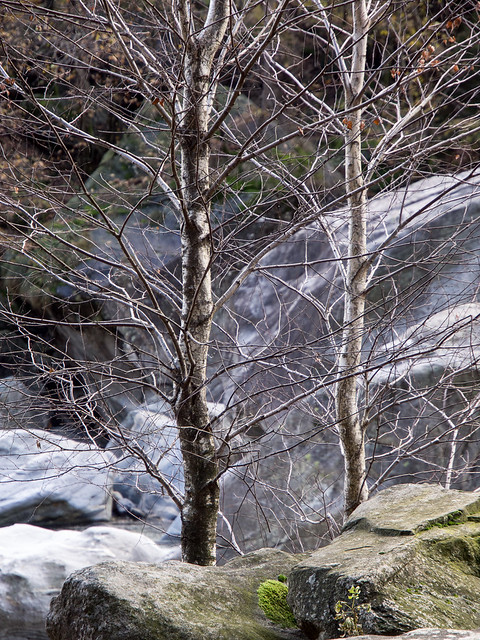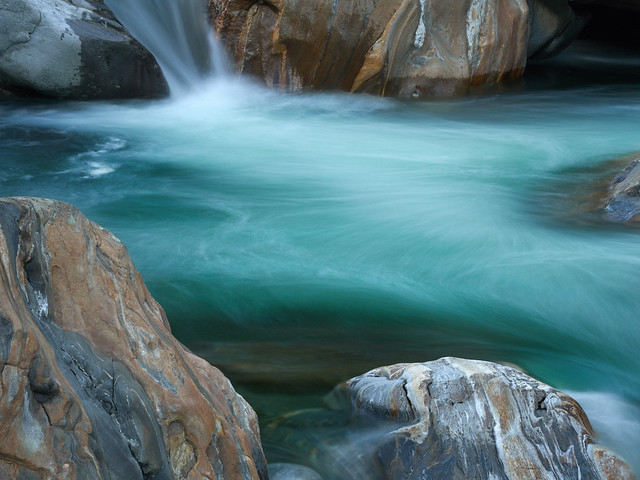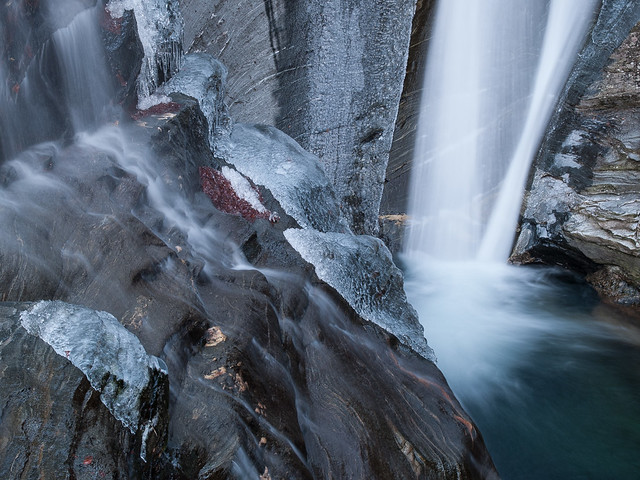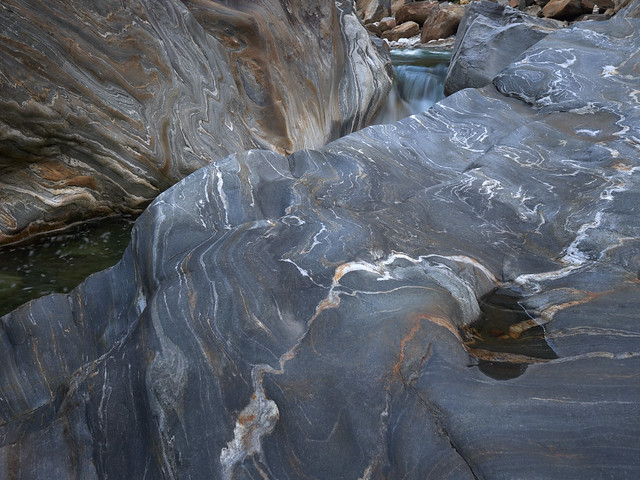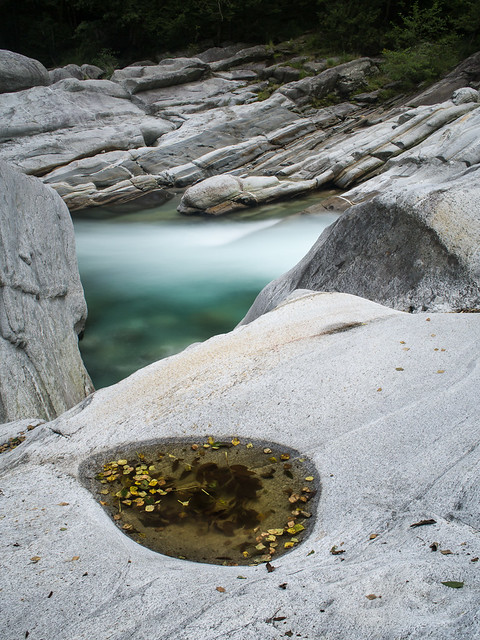Introspection and Influence
still no idea, really
One way or another photography is obviously a significant factor in my life. I’m honestly not sure if I’m happy with that, sometimes it feels like a massive waste of time, complete trivia, something I’m actually really not very good at - but it is what it is.
I’m pretty much hermetically sealed in my photography practice. It is 100% amateur, I have no clients, I have no substantial contact with other photographers that would provide me with any feedback or interaction. I photograph alone, I process alone, and I largely publish to an audience of 1, myself. I do interact on a very superficial extent with a small group of people on Flickr, but interaction there dropped pretty much to “Like” level following changes years back which effectively disincentivised more engaged behaviour, and trivialised the site. Instagram ... not my thing.
So how do I evaluate what I’m doing, especially in the light of my persistent nagging feeling that it is actually little better than rubbish? Well all I can do is compare. And then it gets confusing. Mostly I compare with photos printed in books, of which I’ve acquired a large number. For some reason, I find that the results of these comparisons fall into two categories: those that are vastly better than mine, and those which are nowhere near as good as mine. In the second group I also sometimes find photos which aren’t really very memorable, but of which I have near identical versions. There is a smaller third group, where the photography may well have considerable merit, but leaves me indifferent. What I don’t really get is a clear orientation of where I actually stand. Note, I have to say that the first group is pretty much made up of established artists, and the second more of YouTube bros.
While there is a lot of photography I enjoy, and admire, the list of photographers than I can genuinely claim as an influence is not all that long. The most significant would be Andris Apse, Hans Strand, Harry Gruyaert, Frank Gohlke, Franco Fontana - quite an eclectic bunch, and perhaps a clear indication that consistency and clarity of vision will forever evade me.
I’m fairly stubborn in my outlook to photography, and quite impervious to instruction. Perhaps another way of putting it would be lazy. I rely on instinctive composition, I really do not have some inner voice rambling on about placing whatever on whichever magic circle intersection, like the YouTube bros do. I just go “oooh, pretty, point. click”. Sometimes I check the focus, or at a real stretch, the exposure. I have no idea what is supposed to be wrong with f/22.
Often I come home with a crop of photos that I’m quite happy with. I download them, start fiddling around with them, filter out the complete duds, and get them into some finished form. A few I will upload to Flickr, where they largely sink without trace, and for whatever reason I usually realise after a while that I’ve actually uploaded the objectively weaker shots, for subjective reasons that my audience neither knows nor cares about. So from an external viewpoint, I’m really a terrible editor, especially in the context of social media. The (subjectively) better shots actually I usually print, in some cases quite large. But literally nobody else sees these.
If I compare my “landscape photos in the style of Hans Strand”, I quickly realise that they are a million miles away from equal. It isn’t so much the composition, or the lighting, or whatever, but more the lack of depth. Really successful photos, not just landscape, work well at all levels. Attractive composition isn’t just found in the foreground elements, but all the way through the photo, down to the smallest detail. This, I think, is what accounts for their longevity, it’s the quality which allows us to revise and enjoy time and time again. I can’t achieve that. I would suggest Simon Baxter’s photography as a very good example of this ability.

Here is an example: I took quite some time over this shot, focus stacked it (which I hate), thought about the composition, yet the background is just chaos, nothing at all to rest the eye on.
If I’m kind to myself I might think that perhaps it isn’t so much that I’m not very good at landscape photography, but more that my twist on urban landscape is more my forte.

This, on the other hand, is a simple unplanned off-the-cuff photo I took recently, no tripod, point and shoot, and to me it seems much more coherent.
Probably the most compelling portfolios I could put together would be around urban landscape. Venice, perhaps, or several themes in southern Italy. But on the other hand, I really enjoy exploring and photographing the landscape. Perhaps if I had somebody to bounce ideas off and to exchange suggestions and experiences with, it might help. Then again, probably not 😊

